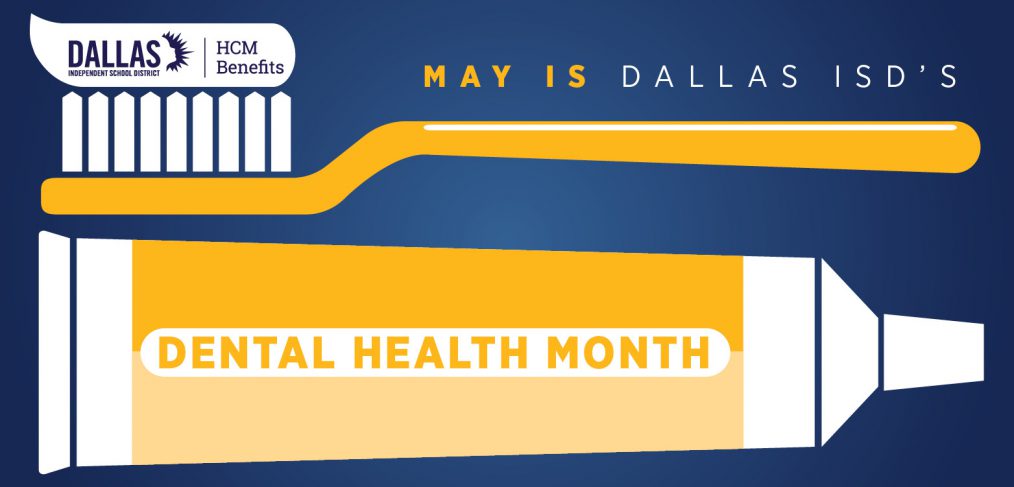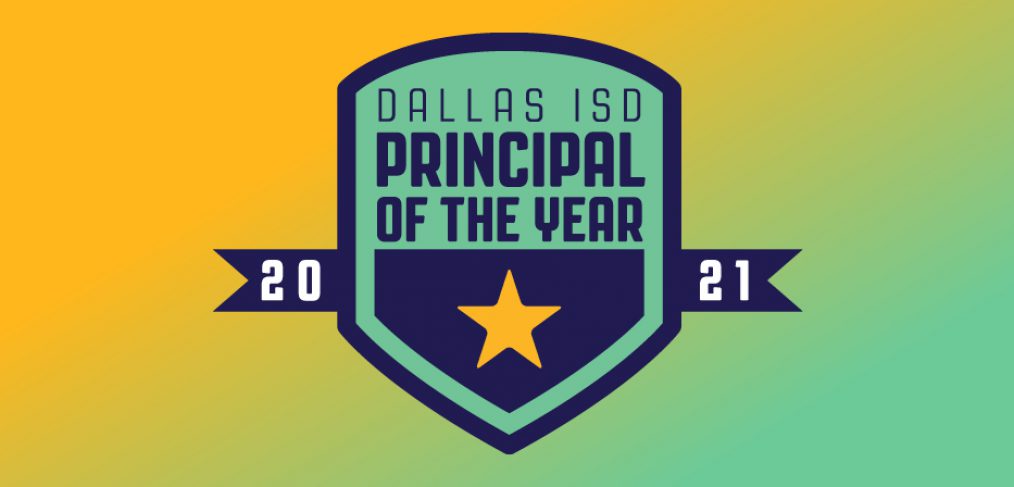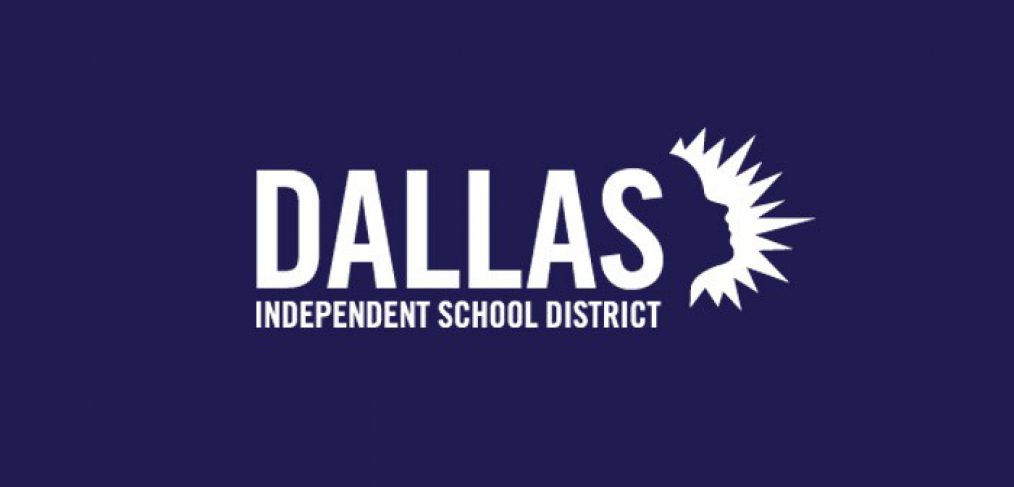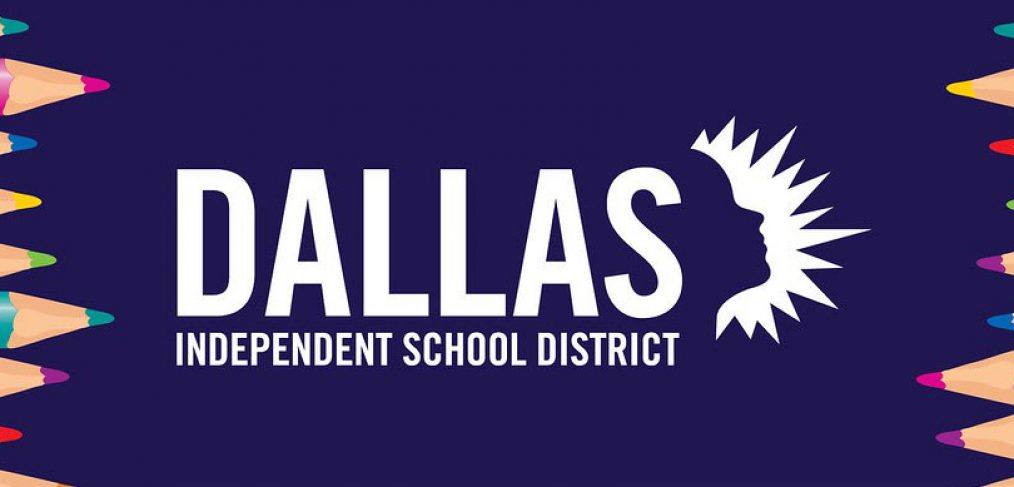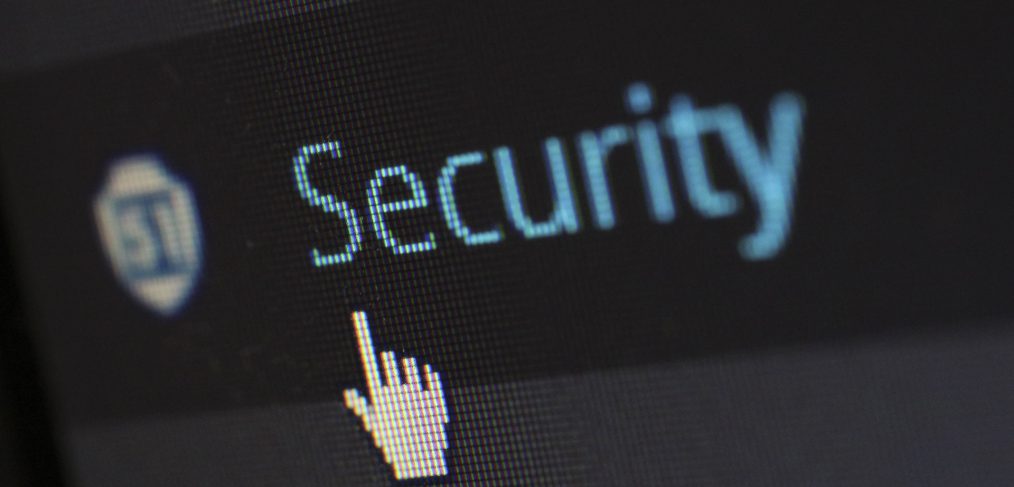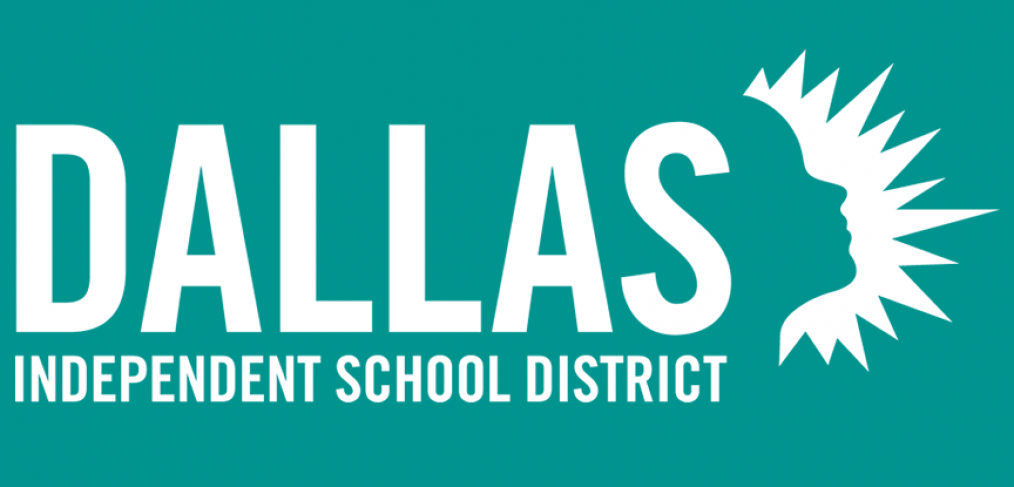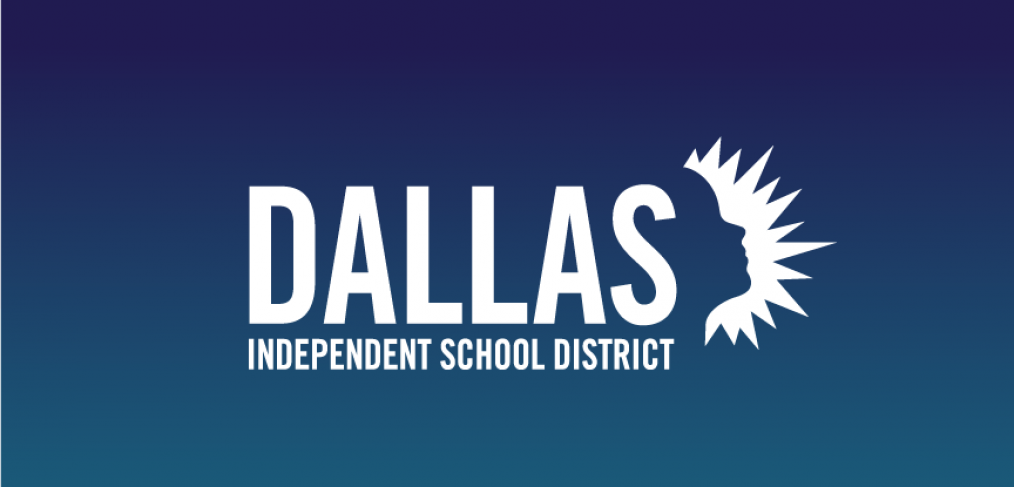Tooth decay is not child’s play. According to the National Institute of Dental and Craniofacial Research, tooth decay is as common in adults as it is in children, but it can be prevented.
Tooth decay begins when dental plaque—a sticky film of bacteria—builds up on teeth. Plaque produces acids that, over time, eat away at the tooth’s hard outer surface and create a cavity, even in teeth that have fillings. And if the gums have pulled away from the teeth—gum recession that is more common with age—can also make the roots vulnerable to tooth decay.
To prevent tooth decay:
- Brush twice a day with a toothpaste that contains fluoride. Fluoride can protect teeth against decay and often heal early decay. Brushing regularly helps remove dental plaque that forms on teeth. Drinking fluoridated water also helps prevent tooth decay in adults.
- Floss regularly to remove plaque from between teeth. Or use a special brush or wooden or plastic pick recommended by a dental professional.
- See a dentist for routine check-ups. If you are at a higher risk for tooth decay (for example, if you have a dry mouth because of medicines you take), the dentist or dental hygienist may give you a fluoride treatment such as a varnish or foam during the office visit. The dentist might also recommend a fluoride gel or mouth rinse to use at home.
Gum disease is another common problem among adults. The good news is that gum disease can be prevented and doesn’t have to be a part of growing older. With thorough brushing and flossing and regular professional cleanings by a dentist, adults can reduce their risk of developing gum disease as they age.
And preventing gum disease—gingivitis or periodontitis—can help keep teeth healthy and strong. These conditions develop when plaque is allowed to build up along and under the gum line.
While gingivitis is usually mild and easily reversible, periodontitis can damage the soft tissues and bone that support teeth. In periodontitis, gums pull away from the teeth and form pockets that become infected. The body’s immune system fights the bacteria as the plaque spreads and grows below the gum line. Bacterial toxins and the body’s natural response to infection start to break down the bone and connective tissue that hold teeth in place. If not treated, the bones, gums, and tissue that support the teeth can be destroyed. The teeth may eventually become loose and have to be removed.
Preventing gum disease and tooth decay is important for overall health and easy by following the recommended steps: brush, floss, visit the dentist regularly.

